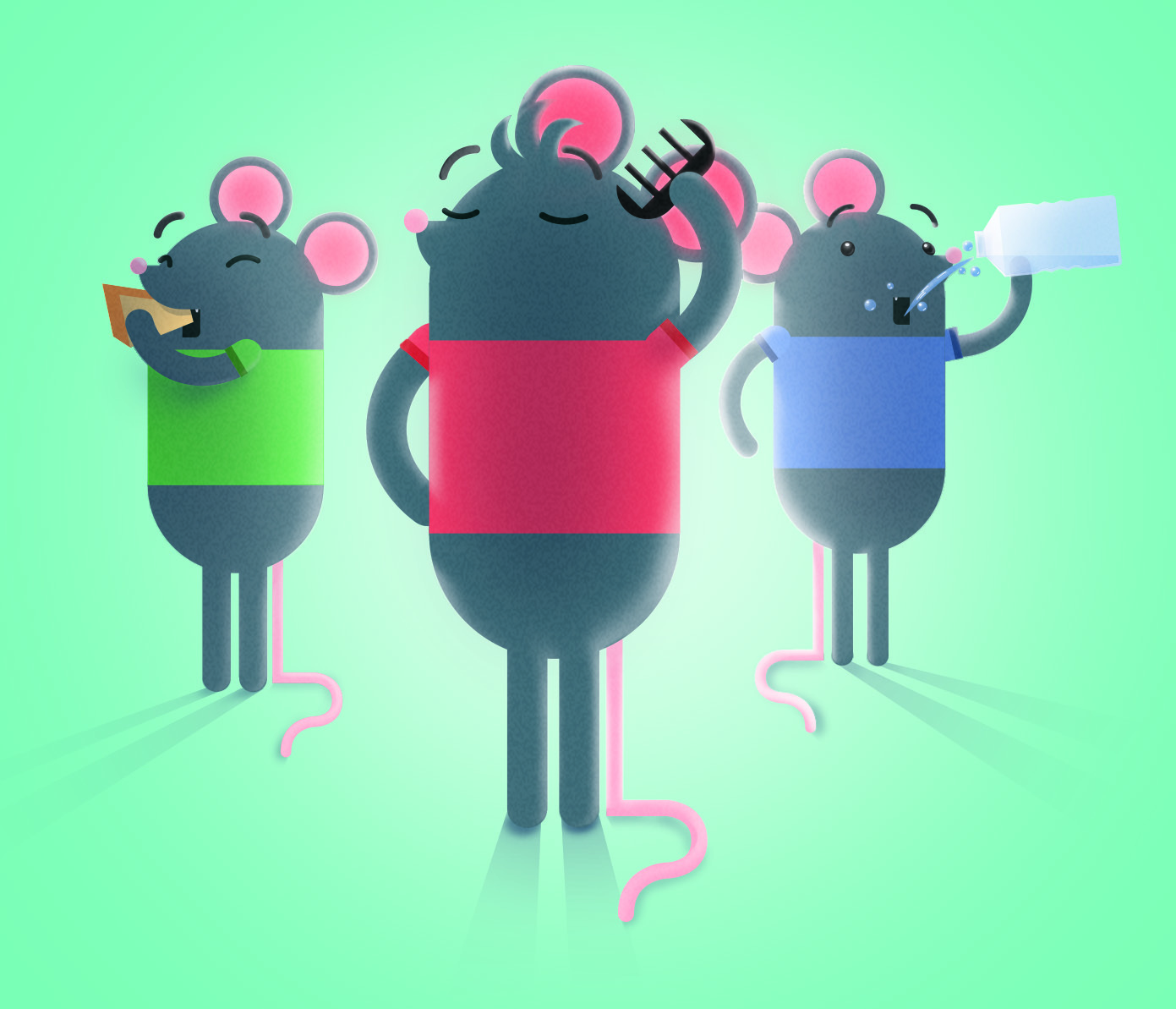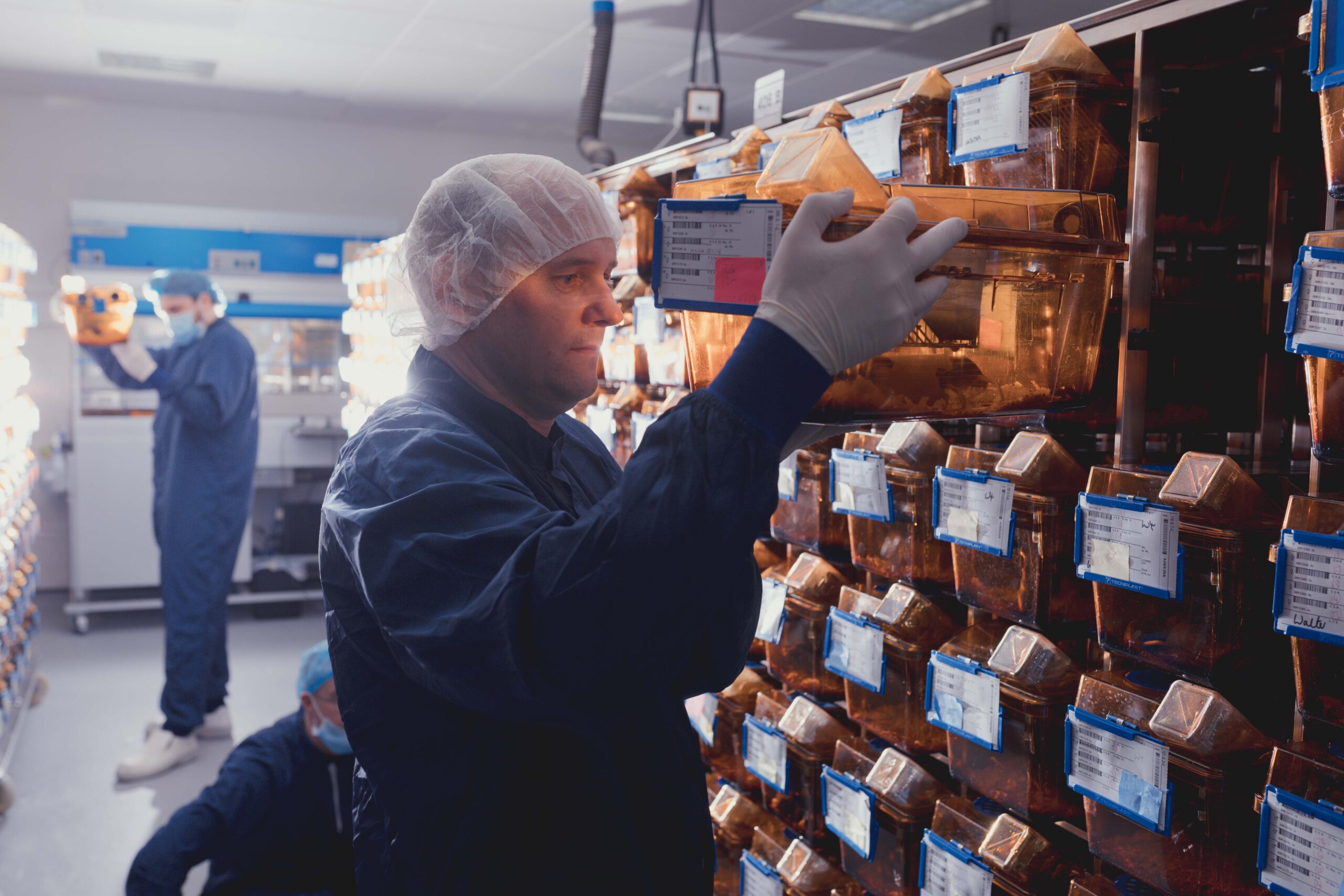In June 2014, MRC Harwell’s Dr Andy Greenfield chaired a panel to review two potential mitochondrial replacement therapies. Now new evidence has prompted them to consider a third.
Third method for mitochondrial donation In June 2014, MRC Harwell’s Dr Andy Greenfield chaired a panel that reviewed two potential mitochondrial replacement therapies. New evidence has now prompted them to consider a third. A polar body alongside the egg, which could be used in mitochondrial replacement therapies. Credit: Spike Walker, Wellcome Images Mitochondria are the ‘powerhouses’ of cells and generate the energy they need to function. What makes them unusual cell components is that they contain their own DNA, separate from the main bulk of DNA found in the cell nucleus, which contains additional genes they need to function. In patients with mitochondrial disease, a mutation in their mitochondrial DNA means that their cells lack the energy they need to function. As mitochondria are maternally inherited, these mutations can be passed down from a mother to her children. While relatively rare, mitochondrial disease can be very serious and even lethal. It affects one in every 6,500 babies born, leading to an energy deficit that can cause muscle weakness, blindness and heart failure. Mitochondrial replacement techniques offer the chance to prevent the inheritance of mitochondrial disease. Through a process similar to current IVF techniques, these methods could allow mothers with mitochondrial disease to give birth to healthy children. Earlier this year, in June 2014, Dr Andy Greenfield chaired a review by the Human Fertilisation and Embryology Authority (HFEA) on the safety and effectiveness of mitochondrial replacement methods. This was used to produce a report on two techniques – mitochondrial spindle transfer and pronuclear transfer – and their potential use in fertility treatments. After reviewing the available evidence, they found that these techniques were likely to be effective and that they had no cause to consider them unsafe. This report was given to the Government, who have announced that they intend to proceed to propose relevant regulations to Parliament. After the report was published, new data by Wang et al. 2014 emerged that provided evidence for the potential use of a third technique for mitochondrial transfer, known as polar body transfer (PBT). The HFEA panel therefore reconvened in October 2014 to produce an addendum to the original report, which considered the merits of this third potential method for mitochondrial replacement therapy. As with the other two methods they reviewed, the panel found no reason to consider PBT unsafe. However, they suggested a minimum set of experiments, particularly in human cells, they deemed necessary before it can be considered safe and ready for use in patients. Expert panel chair Andy Greenfield said that PBT should be seen as a promising, if emerging, development in this field: “Having reviewed the latest data on this new technique – data which appeared too late for our previous review – it is the panel’s view that PBT has the potential to provide another treatment option for eradicating mitochondrial disease for future generations. “There is still more work to be done, and it is perhaps at an earlier stage of development than its sibling techniques, but we believe PBT represents an exciting new development in this area.” Why use polar body transfer? A polar body is produced either during the maturation of the egg (the first polar body) or just after fertilisation (the second polar body). It contains a nucleus, just like the egg or early embryo, but very little else. Both polar bodies could potentially be used for mitochondrial replacement therapy. Unlike other techniques that require the nuclear DNA from the mother’s egg to be extracted, PBT simply inserts the whole polar body into a donor’s egg that has had the nucleus removed. A polar body can therefore be thought of as a pre-packaged nucleus ready for transfer into a cell with healthy mitochondria. PBT could either be used on its own or in combination with either mitochondrial spindle transfer or pronuclear transfer as a mitochondrial replacement therapy. While the research into this method is at an early stage compared to the other two methods, it could potentially offer advantages, such as lower risks of leaving nuclear DNA behind or carrying over faulty mitochondria.


